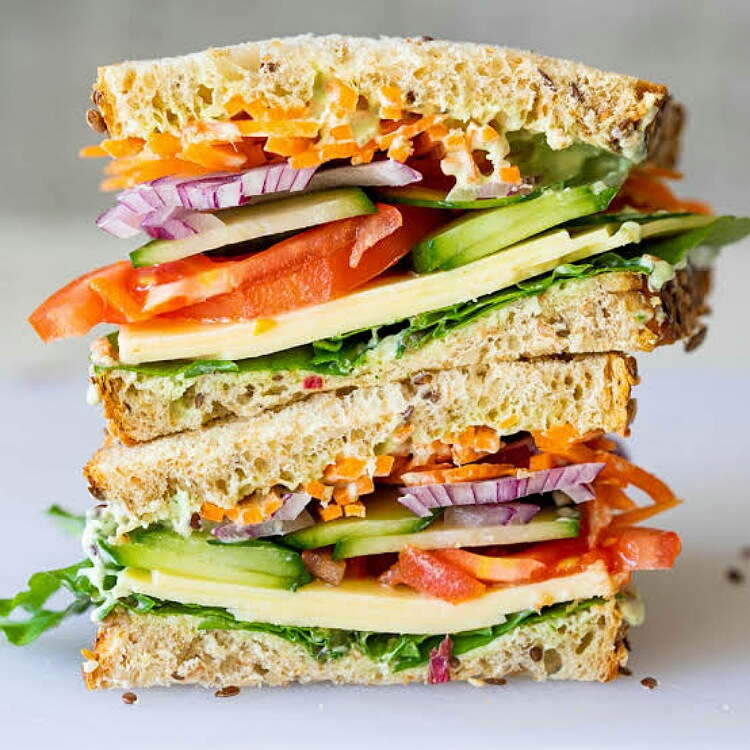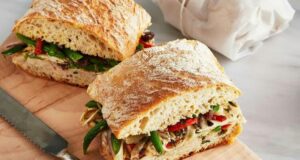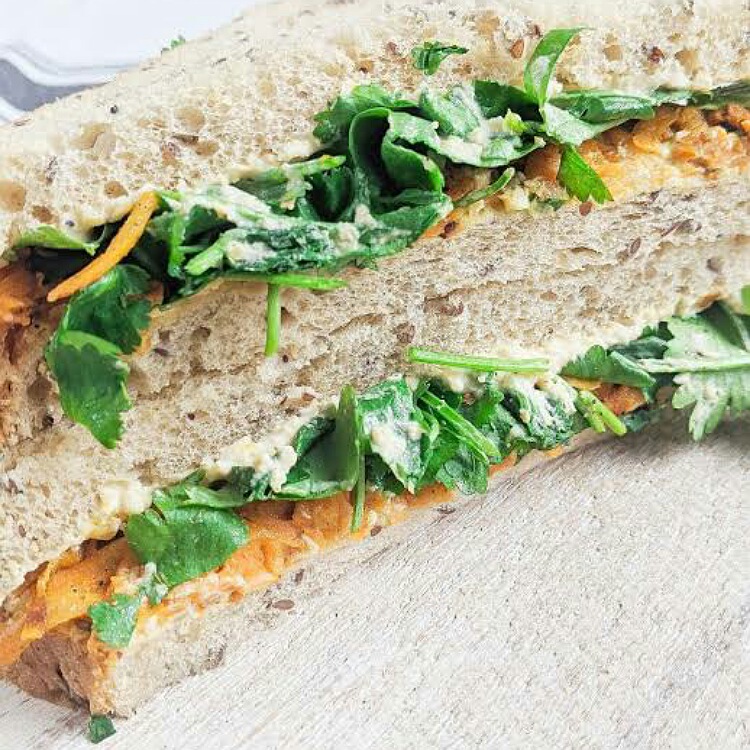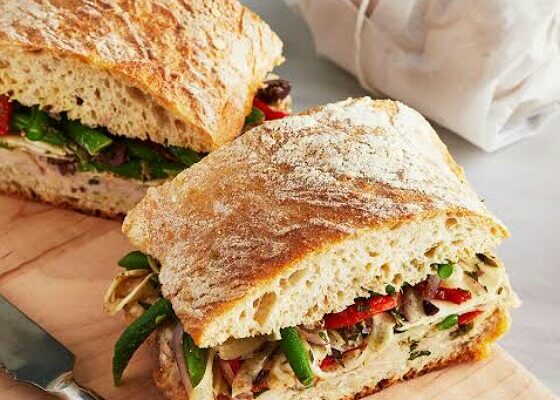Sandwiches are a great favorite with many people. All age groups relish them. But not all sandwiches are healthy. It depends a lot on what has been used in the making of them. Here are some do’s and don’ts on making a healthy sandwich.
What is a healthy sandwich?
Sandwiches are a great food options. One can have them at breakfast, lunch or dinner. One can also have them as quick snacks to satisfy the in between meals hunger. They are easy to make and most ingredients to create them are present as a staple in every household.

Moreover, they are highly versatile and one can get a lot creative with them. Kids enjoy them when there is some fun attached to this food. Sandwiches are also a great travel foods. They are not messy and one can eat them easily with the bare hands and fingers. For little fingers, one can cut them into smaller triangles or squares. One can toast, bake or grill them (with less oil) to increase their crunchiness.
But not all sandwiches are healthy. Some have a lot of fats and salt and very little of actual nutrients. So how to make a healthy sandwich?
Do’s of a sandwich
Ideally, a healthy sandwich should have a base of whole wheat or whole grain bread. The spreads should be low fat and low salt. And it should have a lot of good veggies with a protein.
Fruits and vegetables are a perfect fill in them. Dietitian Sylvia Melendez-Klinger says:
“Cucumber, tomato, and zucchini slices, water chestnuts, or your other favorite vegetables are all great,”
She adds:
“Try thin-sliced cantaloupe, watermelon, honeydew, pears, and apples with your sandwiches,”

They add crunchiness to them. Onions, beets, peppers, avocados, mushrooms, spinach are other options.
Prefer low fat and low salt spreads. Mayonnaise is not good in sandwiches. Low-fat condiments like low-fat mayo or salad dressing, mustard, or hummus add moisture with less fats. Other light spreads include guacamole and olive oil vinaigrette.
Nutritionist Kathy Taylor from Atlanta explains that peanut butter or lean protein are good. She adds:
“Choose healthy proteins like sliced chicken, fish, or turkey, or even canned tuna or salmon,”
Choice of bread is also vital. Sylvia explains:
“Mix up your sandwich selection by trying breads higher in fiber, such as whole wheat,”
“These choices will help you feel fuller longer.”
Also, blood sugar levels are lower with these bread slices. Avoid jumbo sandwich and go for smaller portions of it.
Don’ts of a sandwich
Avoid cold cuts for protein. Because they are processed and loaded with preservatives, fat, and salt. Prefer to not layer the sandwich with cheese. Cheese can be fattening and cause weight gain and other chronic health conditions. Avoid white bread for base. Kathy elaborates:
“White bread made with preservatives and processed flours provides very little nutrition,”

One can even skip the carbs and use lettuce wraps for sandwiches. Grilling with lot of oil can be bad for the waistline. Sylvia states:
“Grilled or panini sandwiches are really popular, but are usually prepared with lots of oils or butter to give them a crusty texture,”
Toasting the sandwich is better to grilling. Do not eat prepackaged sandwiches. Dietitians Jeannette Bessinger and Tracee Yablon-Brenner warn:
“Most are not ultra-fresh, are made on some form of white bread, and are made with the cheapest meats, cheeses, and spreads,”
Read here: Easy BBQ Jackfruit Sandwich Recipe (Meaty texture and Spicy flavor)
They also lack in veggies and protein. Home-made sandwiches are best and healthy. Take some time off to prepare your own.
